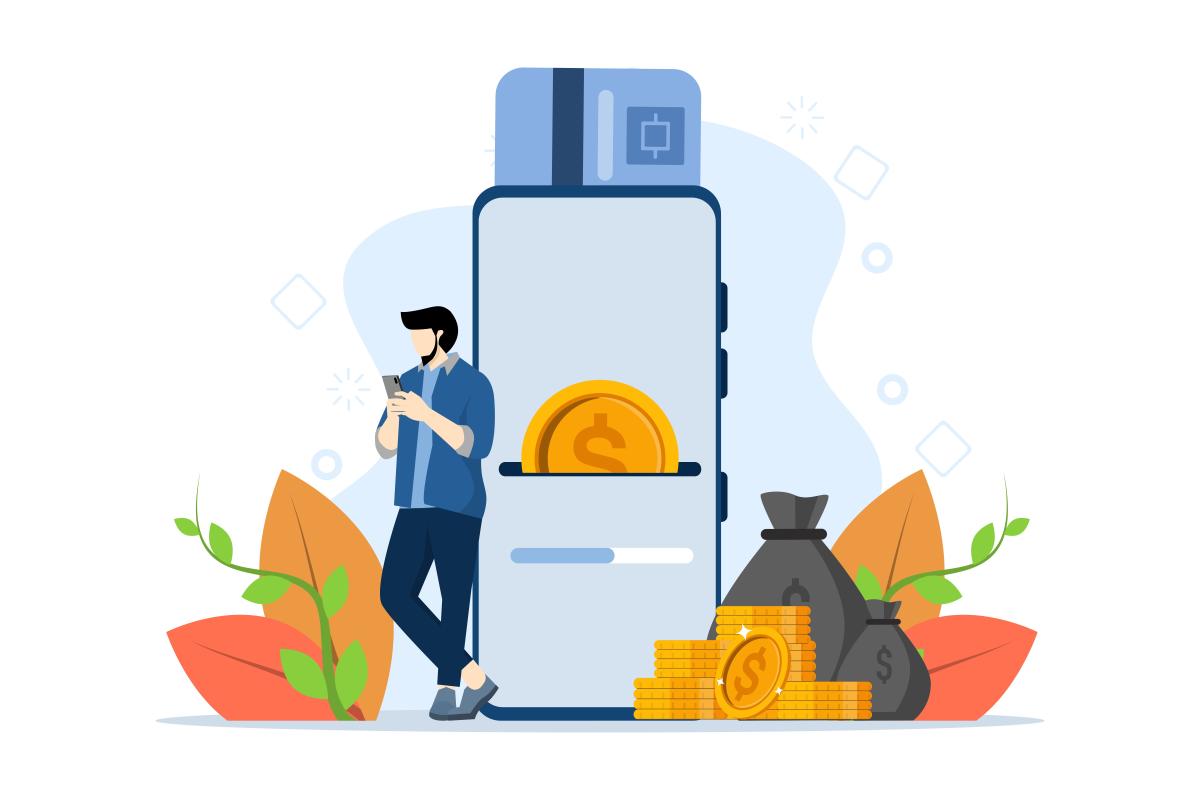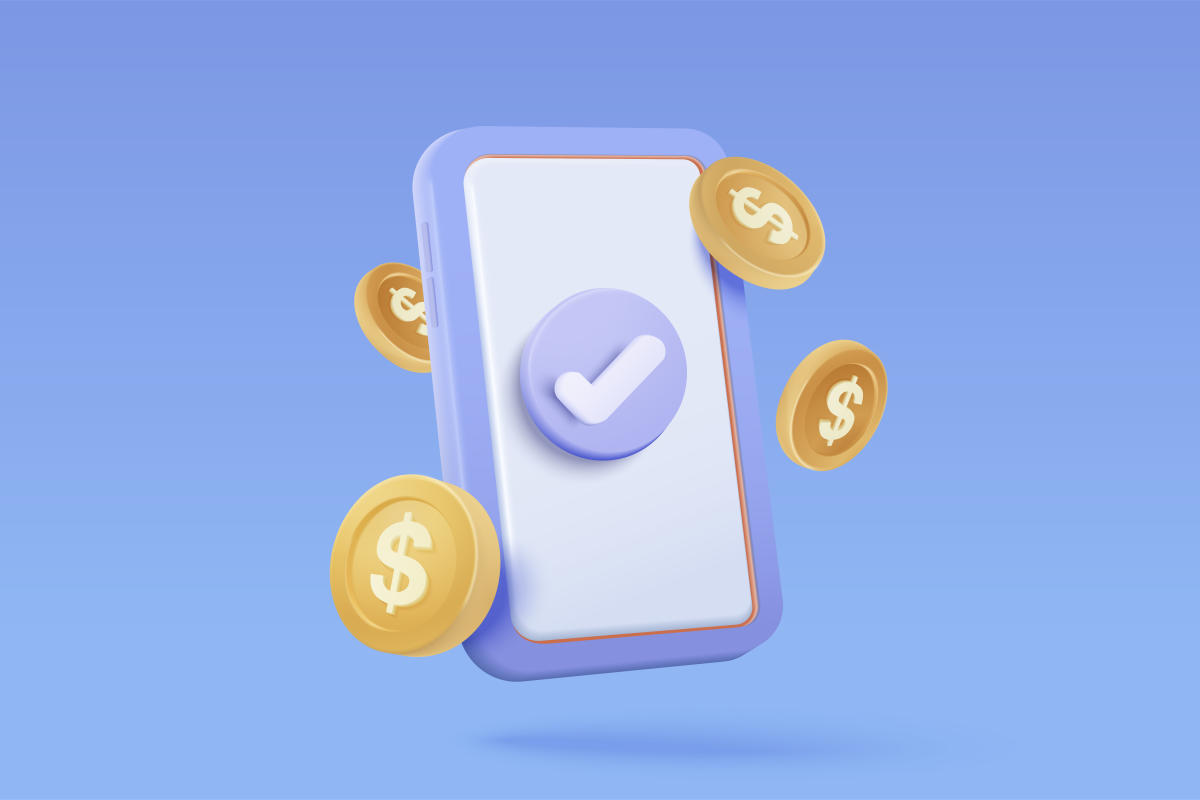If you have existing debt, you already know how much of a burden it can be on your personal finances. Credit card debt, in particular, may present an especially long-lasting challenge — after all, average credit card interest rates are upwards of 21%, according to the Federal Reserve.
For some cardholders, balance transfer credit cards offer a quicker, more attainable solution for debt payoff.
Balance transfers help you repay debt using an introductory 0% APR (annual percentage rate) offer. For several months after you make the transfer, your full payment will go toward your existing debt, instead of mounting interest charges.
Here’s what you need to know about using a balance transfer credit card to reduce the cost and time it takes to become debt-free.
A balance transfer credit card’s 0% APR introductory period is the key to this debt payoff tool. After you open your card and transfer an existing balance, you’ll have the entire period to make payments without accruing interest.
Have a plan before you make the transfer, and you can use this time to chip away at the balance you owe. Any amount left over when the intro period ends will start to accrue interest. Use the 0% APR offer wisely so you don’t take on more debt after the regular APR kicks in.
Because a balance transfer typically requires you to open a new credit card account, you should also prepare to undergo a hard credit check to qualify for the card before you can begin. Many balance transfer cards require good-to-excellent credit. Check your credit score to see how likely you are to qualify before you submit your application, or see if you prequalify.
Learn more: How to check your credit score for free
To start the balance transfer process, you’ll need to choose the right card.
There is one common restriction for balance transfers to remember before making your decision: Many banks will not approve balance transfers from credit cards or loans they issued. In other words, you probably won’t be able to transfer a balance from your Chase Sapphire Preferred® account to a Chase Freedom Unlimited® card, or from a Capital One Venture Rewards account to a Capital One Savor Card.
Beyond that, there are two primary details you should study to find the right balance transfer credit card to lower your debt:
The introductory 0% APR period may be the most important factor in choosing the best credit card for your balance transfer. Today, these offers range from around 12 months up to 21 months.
Your overall debt balance and the amount you can dedicate to monthly payments will help determine your balance transfer card.
If you have a relatively small debt balance, you may opt for a shorter introductory APR offer in exchange for other ongoing benefits and card features you’ll use long-term. For example, say you have a $2,000 balance on an existing card. You’re considering moving it to a card with a 0% APR for 15 months and ongoing cash-back rewards. The less-than-$150 monthly payment required to pay off your balance in full over that intro period is within your budget. You choose this card so you can enjoy the introductory offer and the rewards after your debt is paid.
But if your balance is high, it could be worth choosing the card with a longer intro period but fewer ongoing perks to give yourself as much time as possible to lower your debt.
Let’s say you’re considering the same 15-month 0% APR balance transfer card, but you carry a much higher $8,000 debt. To pay it off in full over the intro period, you’ll now need to pay over $500 each month — outside of your budget. Instead, you find a card offering 21 months with 0% APR on balance transfers. You can choose that instead and only need $380 to pay your balance in full by the end of the intro period.
Balance transfer fees can add to your overall cost, depending on the card you choose. While it’s possible to find a balance transfer card without a fee, they’re uncommon today. In most cases, you’ll pay around 3% to 5% of your overall balance.
In other words, if you have $5,000 in debt to pay off using a balance transfer card with a 3% fee, you’ll add $150 to your overall balance when you make the transfer.
Fees are never a welcome addition, but keep that cost in perspective when you’re doing a balance transfer. For most credit card balances, a 3% to 5% fee is only going to add up to a few hundred dollars to your total debt payoff. In comparison to the potential thousands you could pay in interest charges without the balance transfer, it may be a fair trade-off.
Learn more: The best balance transfer credit cards of 2025
Transferring your debt balance does require some upfront work beyond applying for the card. Follow these steps to start lowering your debt using a balance transfer.
To take full advantage of the intro period, you’ll want to initiate your balance transfer sooner rather than later. Some balance transfer cards allow you to do this when you apply. For example, the Chase Freedom Unlimited card application lets you add up to three existing accounts to transfer balances from upon approval. If you choose to start the process this way, you’ll usually have a grace period (10 days in this case) after your card is mailed to you to change or cancel your transfer request.
If you don’t make your transfer request when you apply, you’ll need to contact your balance transfer card issuer after your account is opened. Call the number on the back of your card or look for more information within your online account.
When you’re making your balance transfer request, calculate what fee you can expect based on the amount you want to transfer. Then you can avoid any surprises on your statement after the transfer is approved.
Look at your card’s terms to calculate whether you can transfer all of your existing debt, too. For example, say you have a $9,000 balance to transfer and you’re approved for a $9,000 credit line — but your card carries a 5% balance transfer fee. The fee itself will add $450 to your total balance, so you’ll need to account for that when you request your transfer.
Finally, take note of any restrictions your issuer may have when you make your transfer request. If you have decided to wait a few months after approval, the terms of your balance transfer may have changed, or the fee may have gone up. You can find any restrictions that may apply within the card agreement.
You’ll probably have to wait a few weeks for your balance transfer to process. Don’t forget to keep paying your bills on your original card during this time. Make at least minimum payments toward your balance before any upcoming due dates to avoid late payments.
When you’re approved for the balance transfer, your new issuer will typically send a payment for the transferred balance to your old issuer. You’ll have that amount added to your balance transfer card balance, and your remaining credit limit will be reduced.
Make sure to double-check that the old balance is paid and the transfer went through before you make any changes to your existing account.
After approval, the countdown on your introductory APR begins. At this stage, you should already have a plan in place for using your balance transfer card to lower your debt balance.
For one, think about whether your goal is to pay down the balance in full before the intro period ends. If that’s not possible within your budget, you might determine a fixed monthly payment you can afford, or just commit to paying down as much as possible over the intro period. No matter what, always make your payments on time so you can keep your credit in good standing and avoid any additional fees — or even losing your 0% APR offer.
Remember, a balance transfer is only a tool; lowering your debt is ultimately up to you. Commit to budgeting for your payments and reducing your debt as much as possible while you’re not accruing interest, and you can start to make big strides toward becoming debt-free over this period.
For many people, a balance transfer credit card can offer a cost-effective path to debt payoff.
It may not be the solution for everyone, though. If you have a very high debt balance that exceeds the credit limit you’re approved for, be prepared for the chance that you won’t be able to transfer your entire balance. In this case, you might want to consider consolidating your debt with a personal loan — these loans have fixed interest rates that may be much lower than your credit card APR.
Learn more: How to consolidate credit card debt with a personal loan
Additionally, if issues with overspending led to your debt, you may not want to open a new credit card account. Make sure you can commit to paying down your debt without adding new purchases to your balance. Otherwise, you could end the promotional period with a higher balance than you started.
Many cardholders with high-interest debt balances can get a lot of benefit from a balance transfer credit card, though. Have a repayment plan in place, choose the right 0% APR period and fee structure, and make a timely transfer request. Then, you can use your balance transfer card to make progress toward payoff — or even eliminate your balance completely — without letting high interest set you back.
Finding the right balance transfer credit card may be one of the most important steps in the process. Here are a few options to consider, depending on how long of an intro period you need and how you plan to use the card longer-term:
The cards below carry some of the longest introductory 0% APR offers on balance transfers available today. Aside from the long intro offers, they don’t have many ongoing rewards or benefits, and carry no annual fees (though a balance transfer fee will apply).
-
Introductory purchase APR
0% intro APR on purchases for the first 12 months, after which the standard APR will apply
In addition to introductory balance transfer offers, these cash-back rewards credit cards can offer great value on your everyday spending. However, you may sacrifice a few extra months with 0% APR to earn rewards and other long-term benefits.
-
Welcome offer
Earn an extra 1.5% on everything you buy (on up to $20,000 spent in the first year) — worth up to $300 cash back
-
Introductory Balance Transfer APR
0% Intro APR on Balance Transfers for 15 months
-
Ongoing Balance Transfer APR
19.74% – 28.49% Variable
-
Rewards rate
- Enjoy 5% cash back on travel purchased through Chase Travel℠
- 3% cash back on drugstore purchases and dining at restaurants (includes takeout and eligible delivery service)
- 1.5% on all other purchases
-
Welcome offer
Earn a $200 cash bonus after spending $500 within the first 3 months
-
Introductory APR
0% intro APR on purchases and balance transfers for 15 months, then variable 19.24% – 29.24% APR
-
Rewards rate
- 5% cash back on hotels and rental cars booked through Capital One Travel
- 1.5% cash back on all other purchases
-
Welcome offer
Earn a $200 statement credit after spending $2,000 within the first 6 months
-
Introductory Balance Transfer APR
0% on balance transfers for 15 months
-
Ongoing Balance Transfer APR
18.24%-29.24% Variable
-
Rewards rate
- 3% cash back at U.S. supermarkets (on up to $6,000 per year in purchases, then 1%)
- 3% cash back on U.S. online retail purchases (on up to $6,000 per year in purchases, then 1%)
- 3% cash back at U.S. gas stations (on up to $6,000 per year in purchases, then 1%)
- 1% cash back on all other purchases
- Cash back is received in the form of Reward Dollars that can be redeemed as a statement credit or on Amazon.com at checkout
This article was edited by Alicia Hahn
Editorial Disclosure: The information in this article has not been reviewed or approved by any advertiser. All opinions belong solely to Yahoo Finance and are not those of any other entity. The details on financial products, including card rates and fees, are accurate as of the publish date. All products or services are presented without warranty. Check the bank’s website for the most current information. This site doesn’t include all currently available offers. Credit score alone does not guarantee or imply approval for any financial product.
EMEA Tribune is not involved in this news article, it is taken from our partners and or from the News Agencies. Copyright and Credit go to the News Agencies, email news@emeatribune.com Follow our WhatsApp verified Channel





